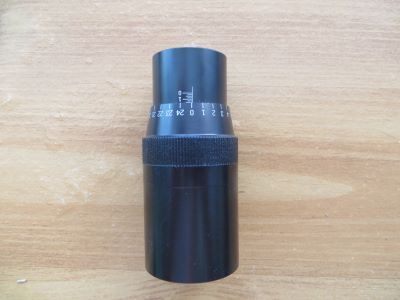In another current thread which moved recently in the direction of tuners, I posted something similar to what follows.
Since .22LR ammo must remain as it comes from the factory -- that is, it can't be changed in any way -- the object of tuning a rimfire rifle must be to tune the barrel to the ammo. (In centerfire it's the ammo that gets tuned by changing aspects of the rounds during reloading.) Tuning a .22LR barrel is done with a tuner.
The "positive compensation" theory of tuning .22LR explains how tuners work. In short, they modify barrel harmonics to put faster and slower rounds in the same POI at a given distance.
If "positive compensation" works as explained by Geoff Kolbe here
Using barrel vibrations to tune a barrel (geoffrey-kolbe.com), a correctly tuned barrel will be able to place faster and slower rounds in the same POI at a given distance. At the same time, it suggests that the particular tuner setting that accomplishes that goal at that distance will be unable to do the same at a very different distance without changes. In other words, according to this explanation, a tuner setting for one distance doesn't work at others.
Nevertheless, while some shooters say that tuner adjustments have to be made between lots and different atmospheric conditions, there are shooters who report never having to change their tuner settings when switching between lots, weather conditions, or between distances such as from 50 yards to 100. In fact they say once they find the "sweet spot" they don't have to adjust the tuner again.
Do tuners work at various distances
without adjustment for each of them? I'm not qualified to say.
However a tuner does its job of tuning the barrel -- and it does as BR shooters will confirm -- shooters shouldn't view it as a panacea, as a solution to improve a mediocre rifle or mediocre ammo. It won't turn bad ammo into good; it won't turn the inconsistent into something consistent. It has the potential to improve ammo that's known to shoot well in a rifle that already shoots well with a naked barrel.
That rifle must be without bedding issues. It must be used on a stable surface for consistent tuner performance, and the tuner must be adjusted in very good shooting conditions and be retested again to confirm the setting. A tuner is not a shortcut to improved results.




